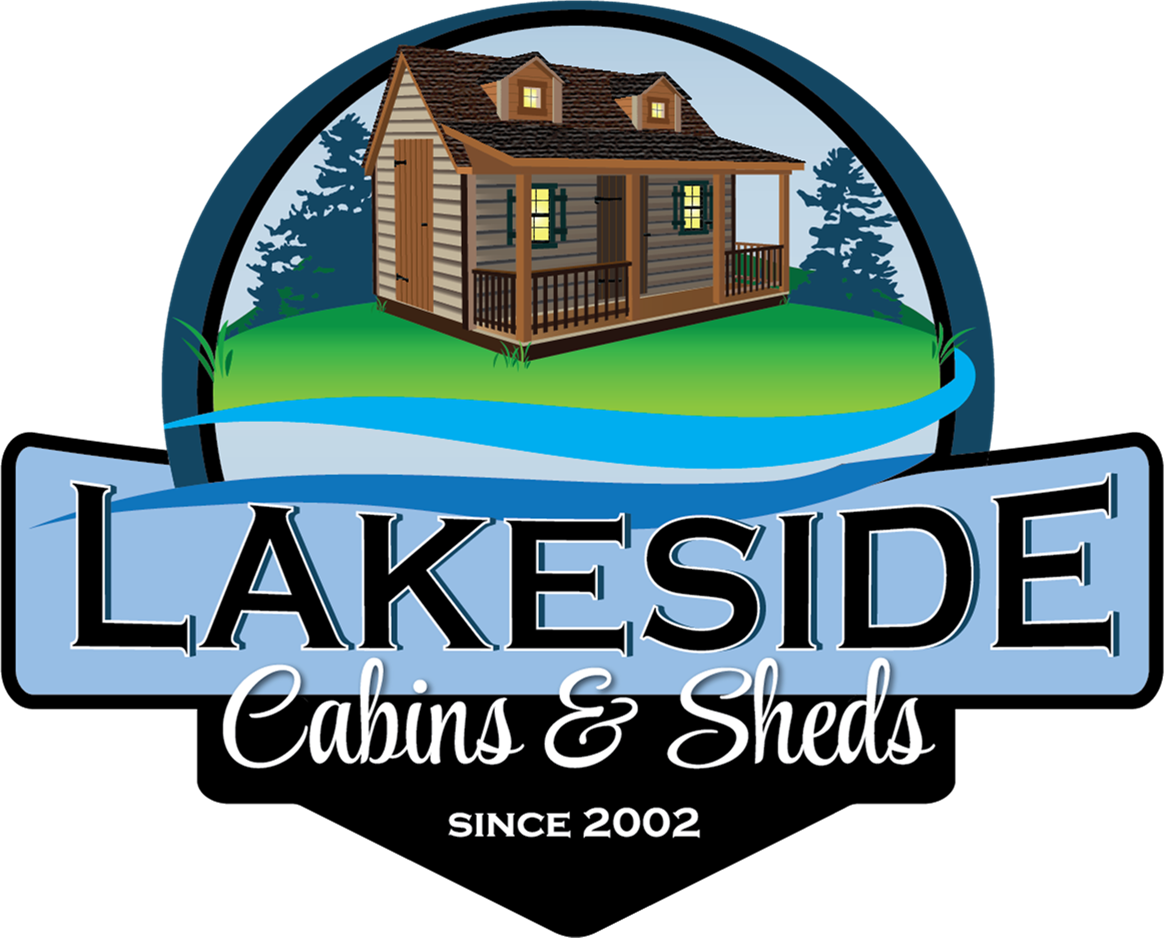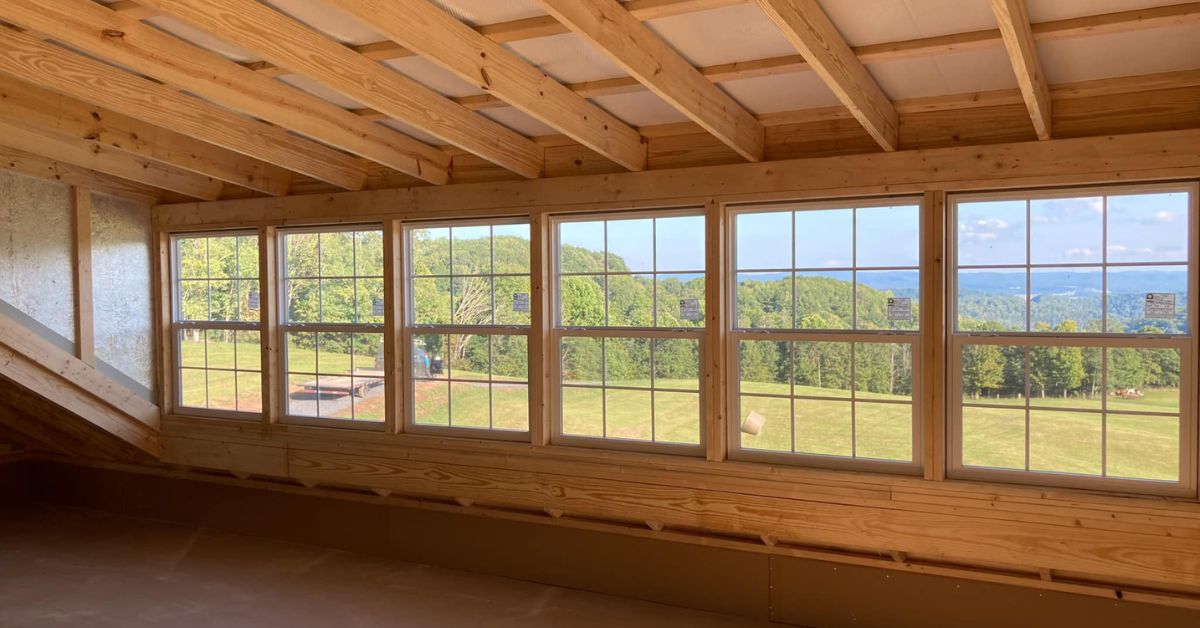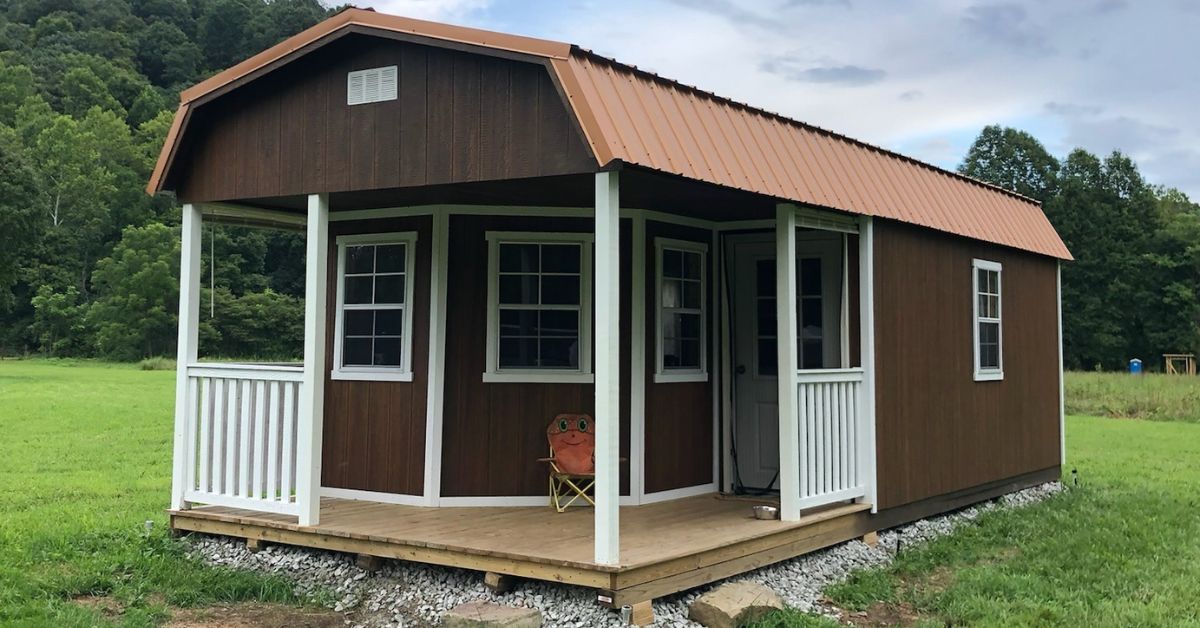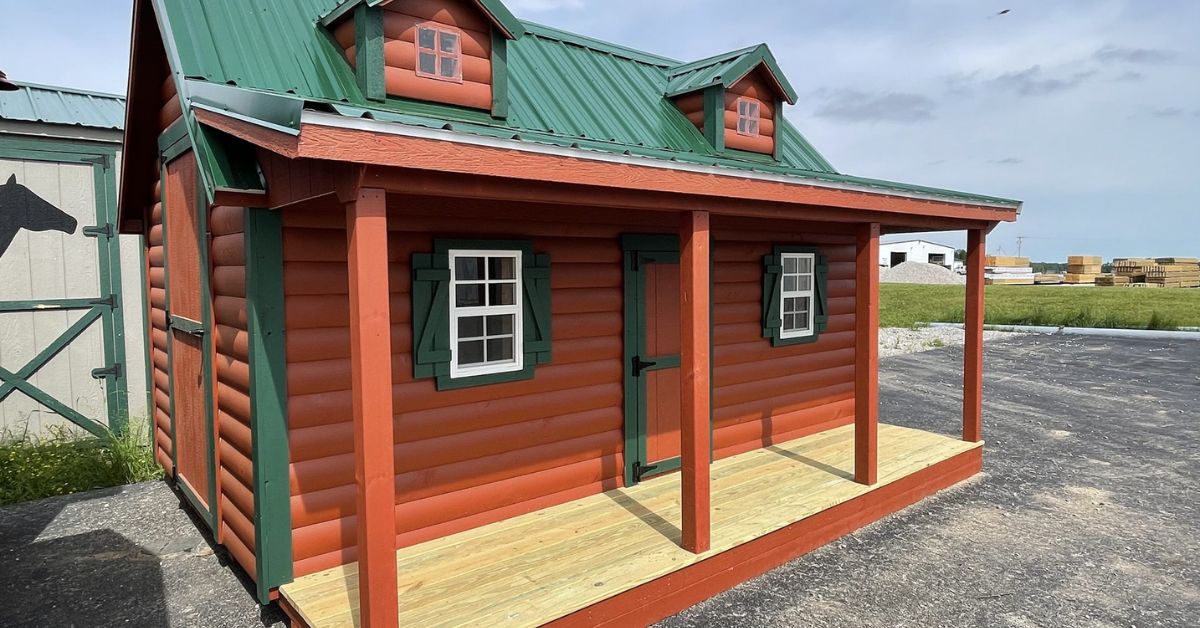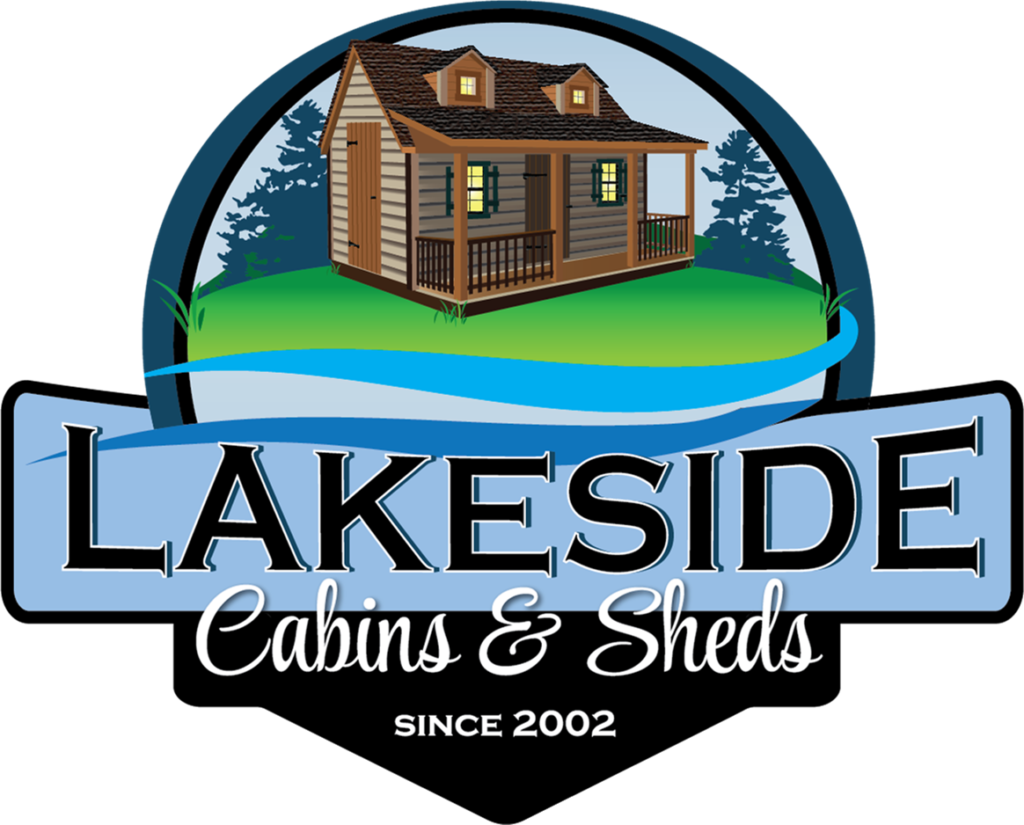Prefabricated tiny homes represent a growing segment of Ohio’s housing market, combining quick construction with the appeal of minimalist living. Unlike site-built homes, builders manufacture these structures in controlled environments and then transport them to their final location.
The appeal extends beyond mere novelty—tiny homes address real concerns about housing affordability, environmental impact, and lifestyle flexibility that resonate with many people. But before you downsize your dreams into 400 square feet or less, let’s explore the pros and cons of living in a prefabricated tiny home in Ohio.
The Financial Appeal of Prefabricated Tiny Homes
Cost considerations often drive the initial interest in prefabricated tiny homes, and Ohio presents compelling financial advantages. The average prefabricated tiny home costs significantly less than traditional housing. A lower price point makes homeownership accessible to individuals who might otherwise struggle with conventional mortgage requirements.
Property taxes in Ohio counties typically favor tiny home owners due to the reduced assessed value of these structures. Hamilton County, for example, assesses property taxes based on market value, meaning your tiny home’s lower cost translates directly into reduced annual tax obligations. These ongoing savings can amount to thousands of dollars annually compared to traditional homeownership.
Utility costs present another area of substantial savings. Prefabricated tiny homes require minimal energy for heating and cooling due to their compact size and modern insulation techniques. Ohio’s variable climate, from Lake Erie’s moderate temperatures to the Ohio River Valley’s humidity, becomes more manageable when you’re conditioning a smaller space.
Environmental Benefits and Sustainability
Environmental consciousness drives many Ohio residents toward prefabricated tiny homes. These structures typically incorporate sustainable materials and energy-efficient designs that significantly reduce environmental impact. Prefabricated construction also minimizes waste compared to traditional building methods, as manufacturers can precisely calculate material needs and recycle excess components.
The reduced energy consumption extends beyond monthly savings to genuine environmental benefits. A tiny home uses significantly less energy than conventional homes, contributing to reduced carbon emissions and supporting state environmental goals. Many prefabricated tiny homes integrate solar panels, composting toilets, and rainwater collection systems, creating nearly self-sufficient living arrangements.
Ohio’s commitment to renewable energy makes tiny homes particularly attractive for environmentally conscious residents. The state’s net metering policies allow tiny home owners with solar installations to sell excess energy back to utility companies, potentially eliminating energy costs entirely during sunny months.

Flexibility and Lifestyle Advantages
Prefabricated tiny homes offer unprecedented lifestyle flexibility that appeals to many Ohio residents. You can relocate these homes relatively easily, allowing owners to change locations without changing properties. This mobility proves particularly valuable for individuals whose work requires geographical flexibility or those who want to experience different parts of Ohio’s diverse landscape.
The minimalist lifestyle inherent in tiny home living forces residents to prioritize possessions and experiences over material accumulation. Many people who own a tiny home report increased life satisfaction due to reduced maintenance responsibilities and lower financial stress. Cleaning, organizing, and maintaining a tiny home requires significantly less time than traditional homeownership, freeing time for relationships, hobbies, and personal development.
Customization opportunities in prefabricated tiny homes often exceed those in traditional housing. Manufacturers typically offer extensive modification options, allowing buyers to create personalized spaces that reflect their specific needs and preferences. From Murphy beds to custom storage solutions, you can tailor tiny homes to support individual lifestyles effectively.
Navigating Ohio’s Zoning and Regulatory Challenges
Zoning restrictions present the most significant challenge for Ohio tiny home enthusiasts. Many municipalities lack specific regulations addressing tiny homes, creating uncertainty about where you can legally place these structures. Some counties classify tiny homes as recreational vehicles, limiting their use to RV parks or temporary placements, while others treat them as accessory dwelling units with specific placement requirements.
Ohio’s building codes add another layer of complexity. Prefabricated tiny homes must meet specific safety and construction standards, but these requirements vary between jurisdictions. Some areas require tiny homes to have permanent foundations, eliminating the mobility advantage, while others mandate minimum square footage that exceeds tiny home dimensions.
Research local regulations thoroughly before purchasing a prefabricated tiny home in Ohio. Contact county planning departments, review zoning ordinances, and consider consulting local attorneys familiar with housing regulations. Some Ohio communities are actively developing tiny home-friendly policies, but these remain exceptions rather than rules.
Space Limitations and Practical Considerations
Living in 400 square feet or less requires significant lifestyle adjustments that some people find challenging. Storage becomes a constant consideration, requiring creative solutions and disciplined organization. Entertaining guests, pursuing hobbies that require space, or accommodating growing families can become problematic in tiny homes.
Ohio’s climate presents specific challenges for tiny home living. The state’s temperature extremes, from sub-zero winter nights to humid summer days, can strain tiny home systems. Proper insulation becomes critical, and you must carefully select heating and cooling systems to effectively handle Ohio’s weather variations.
Privacy concerns also arise in tiny homes, particularly for couples or families. The open floor plans that maximize space utilization can make finding personal space difficult. Sound travels easily in small structures, and different sleep schedules or work-from-home arrangements can create conflicts.
Financing and Insurance Complications
Traditional mortgage financing rarely applies to prefabricated tiny homes, creating financial challenges for potential buyers. Most lenders classify tiny homes as personal property rather than real estate, requiring personal loans with higher interest rates and shorter repayment terms. This financing structure can make tiny homes less affordable than initial purchase prices suggest.
Insurance coverage for tiny homes can be complex and expensive. Standard homeowner’s policies typically don’t cover structures under a certain square footage or those not permanently attached to foundations. Specialized tiny home insurance exists, but often costs more per square foot than traditional homeowner’s insurance.
Resale value represents another financial uncertainty. The tiny home market remains relatively new, making long-term value predictions difficult. Unlike traditional real estate, which typically appreciates over time, tiny homes may depreciate in the same way that other manufactured goods do, potentially creating financial losses for owners who need to sell.

Making the Right Choice for Your Situation
Prefabricated tiny homes in Ohio offer genuine advantages for specific situations and lifestyles. Financial benefits, environmental sustainability, and lifestyle flexibility make these homes attractive for individuals seeking alternatives to traditional housing. However, regulatory challenges, space limitations, and financing complications require careful consideration.
Consider the pros and cons of living in a prefabricated tiny home in Ohio, including your long-term goals, lifestyle preferences, and financial situation. Research local regulations thoroughly, visit existing tiny home communities, and honestly assess your ability to adapt to reduced living space.
If you’re ready to downsize, Lakeside Cabins & Sheds is here to help. Our prefab tiny homes in Ohio are ideal for a simpler, more efficient way of living. Drawing on the trusted quality of Amish craftsmanship, we can customize your space to fit your vision. Contact us today for a free quote.
